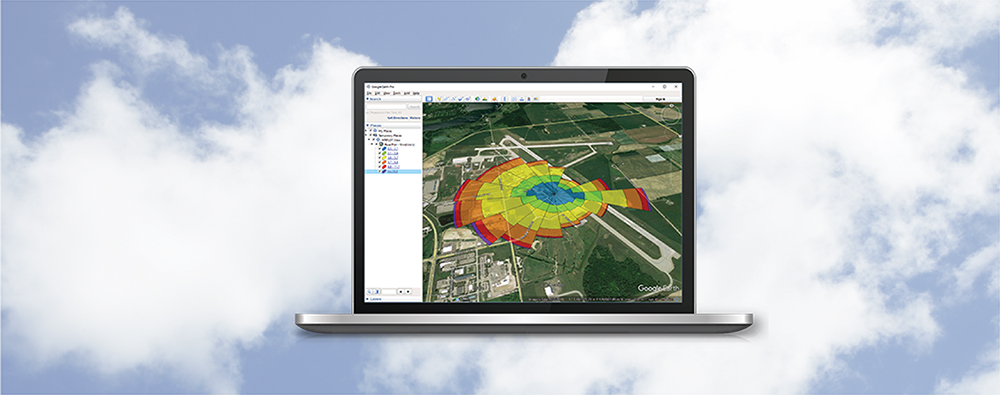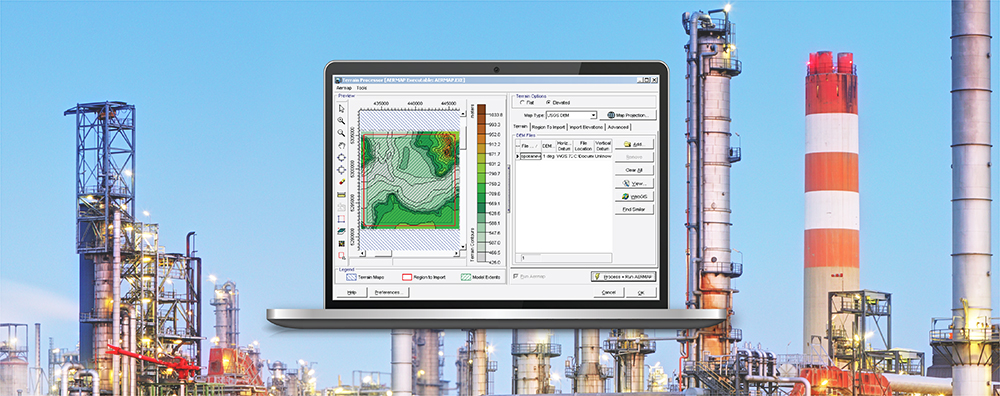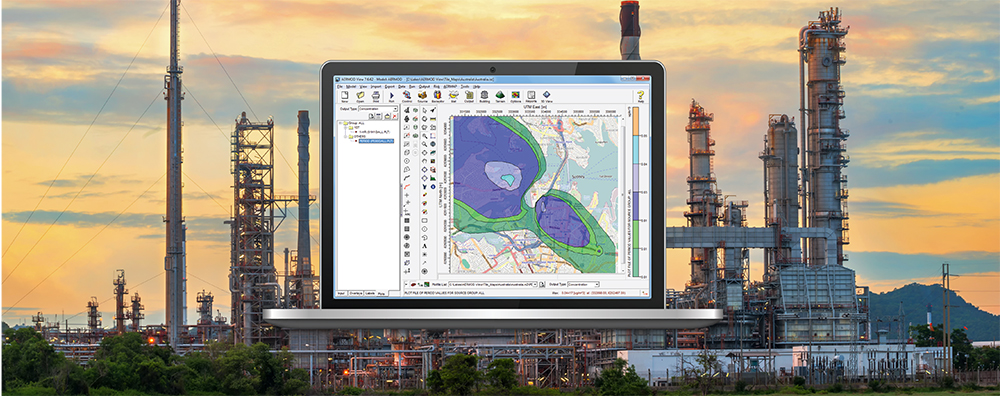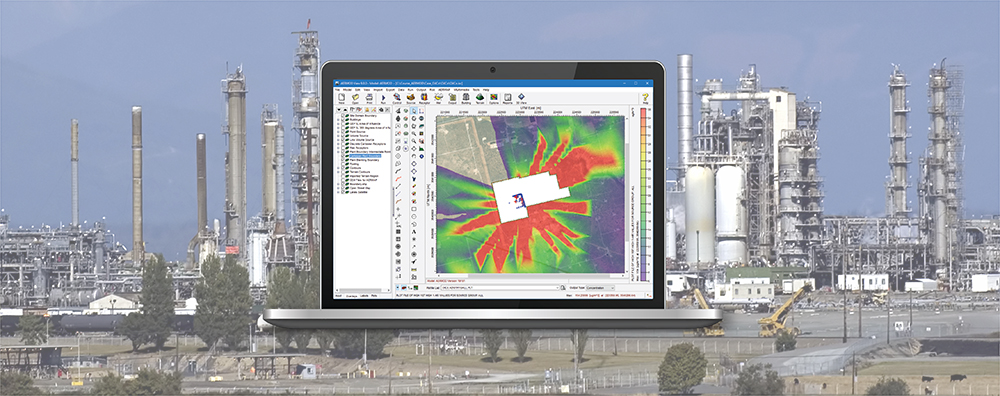AERMOD View: Working with Different Model Versions in AERMET View
With each successive update to the AERMOD modeling system published by the U.S. EPA to the Support Center for Regulatory Atmospheric Modeling (SCRAM) website, Lakes Software updates our AERMOD View and AERMET View applications to support the new models. In previous Modeling Tips, we’ve discussed how to choose earlier versions of the AERMOD executable in AERMOD View, but it is also possible to revert to earlier versions of AERMET when using AERMET View.

